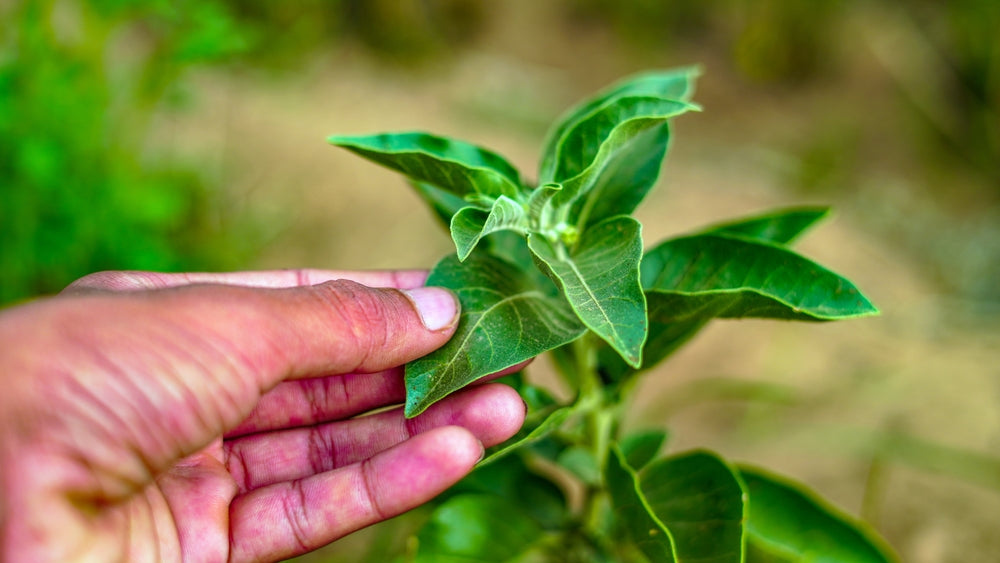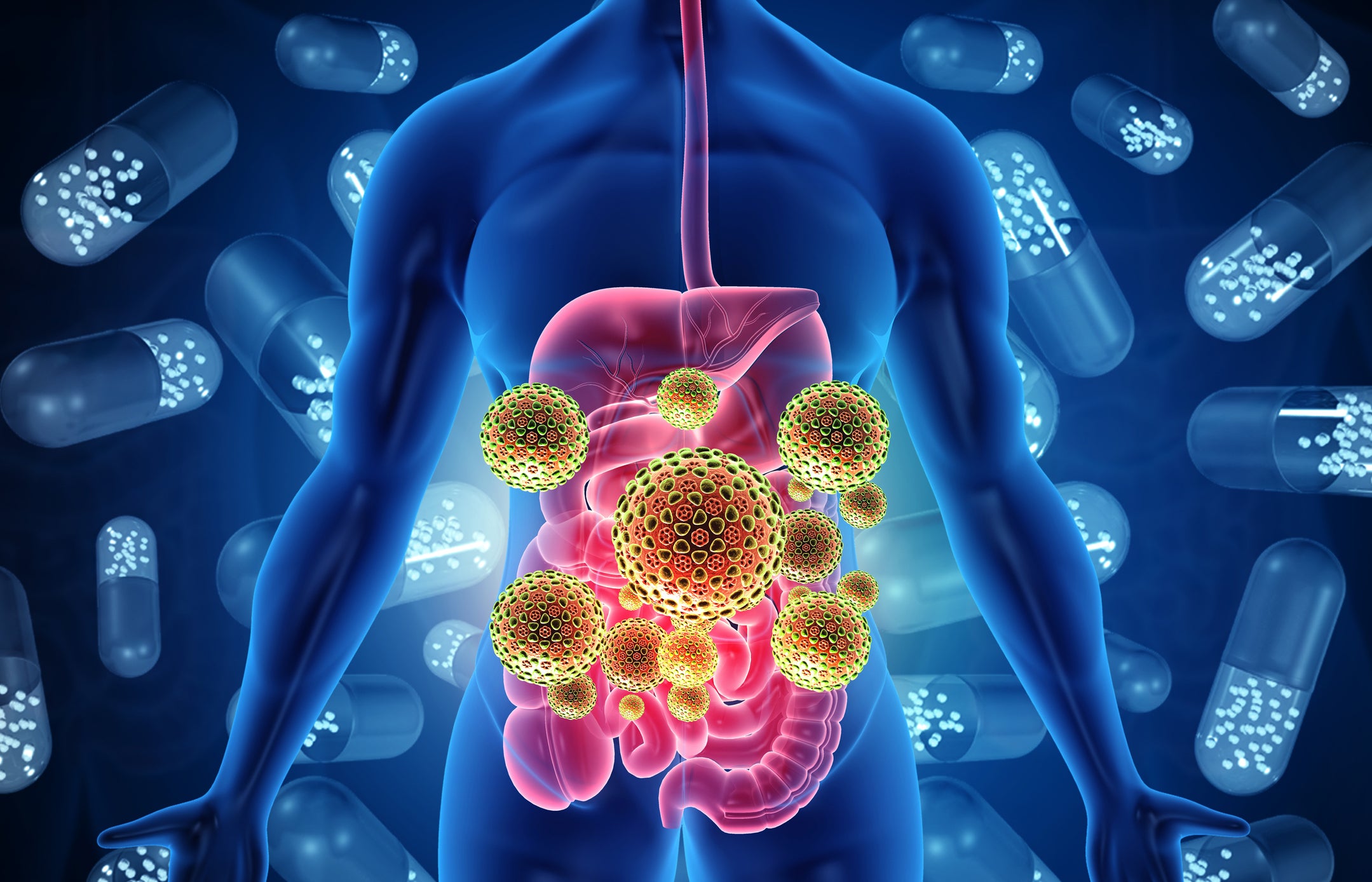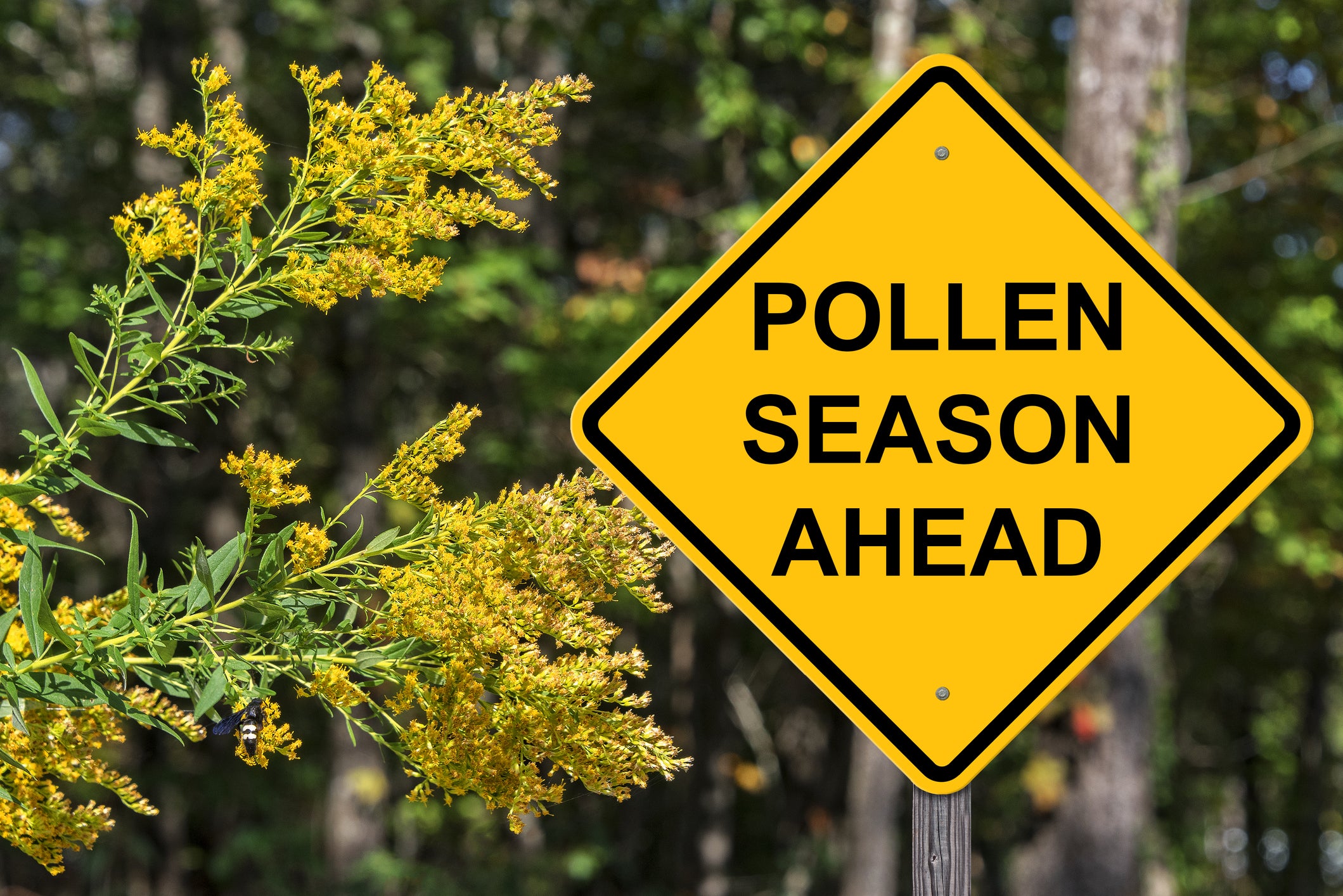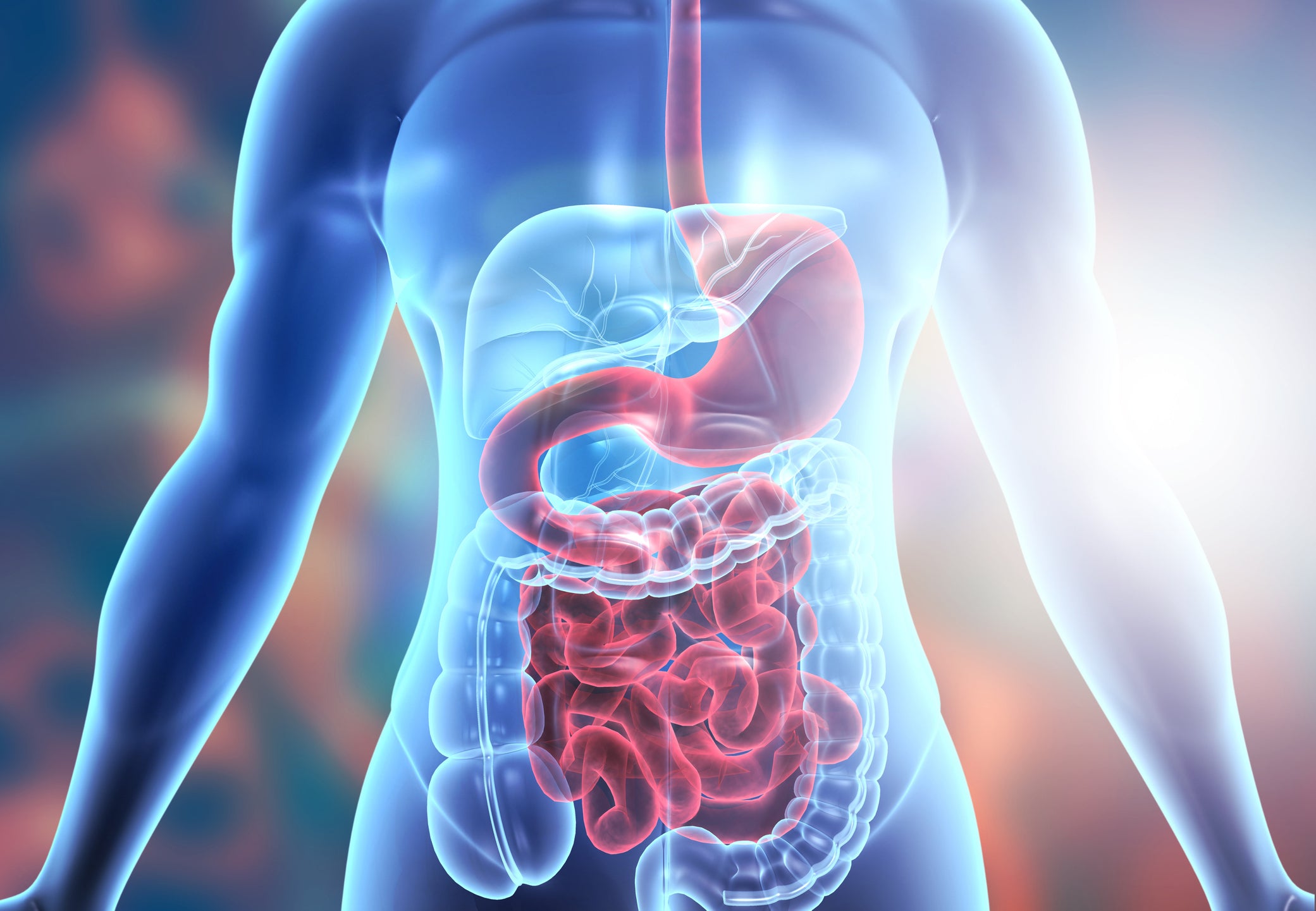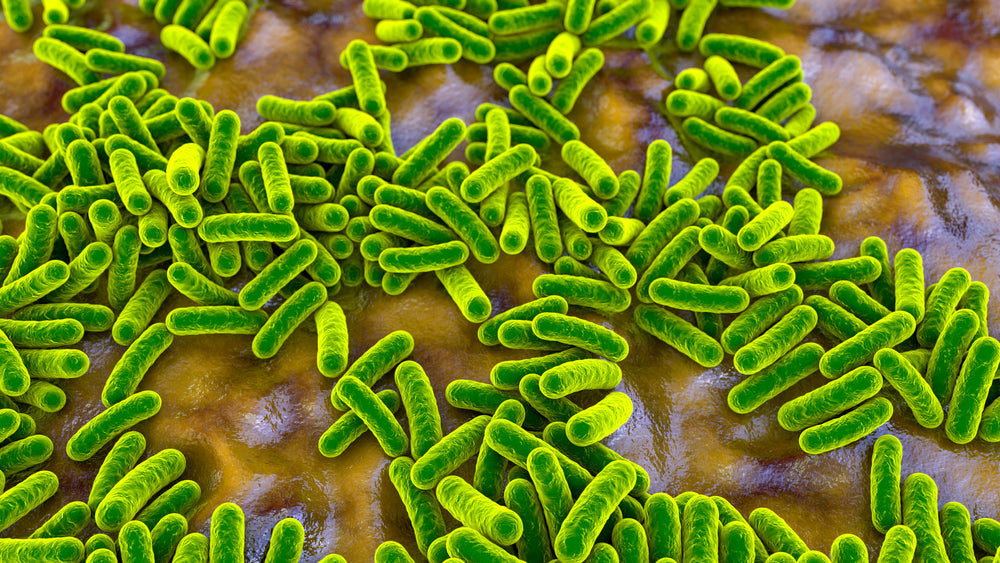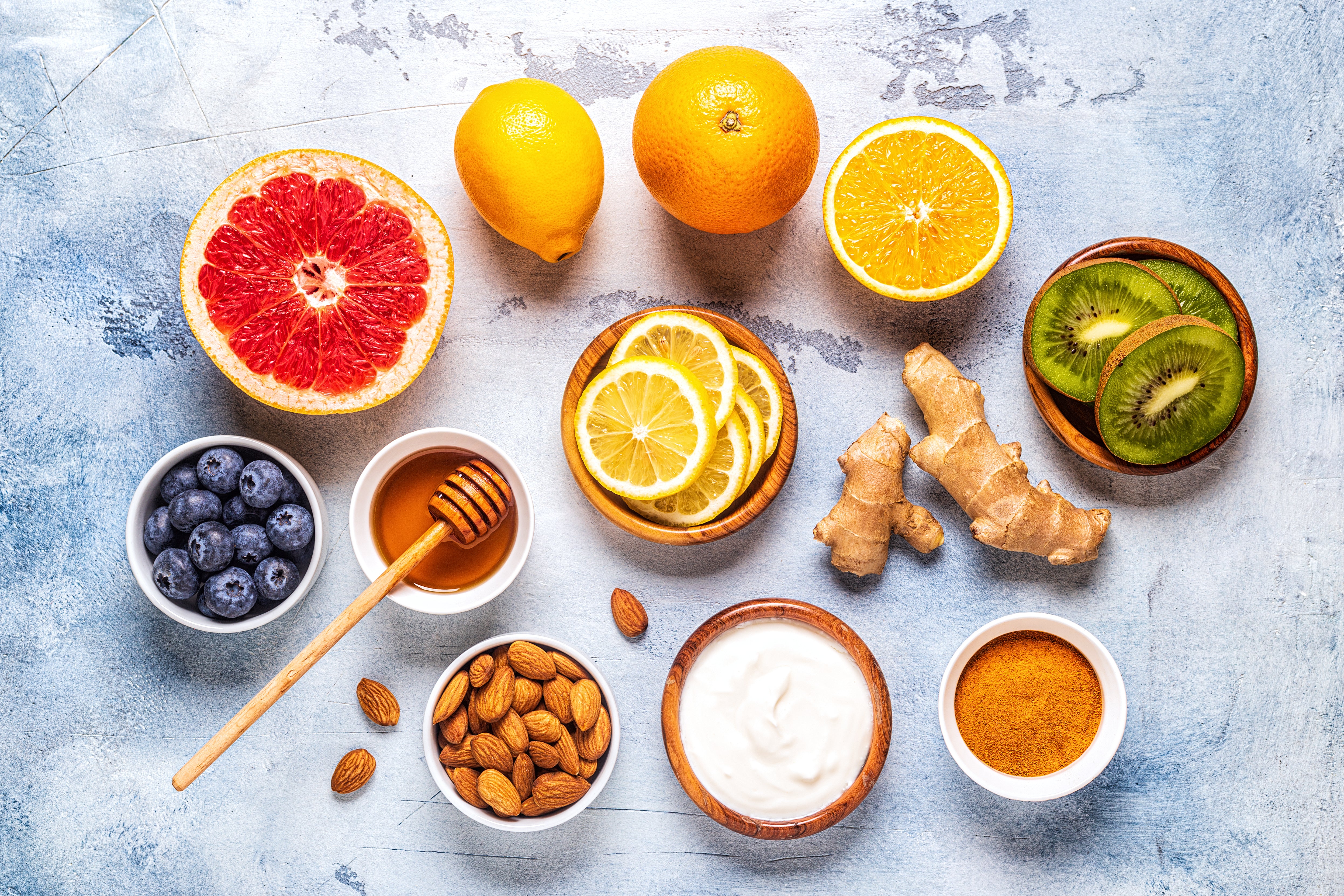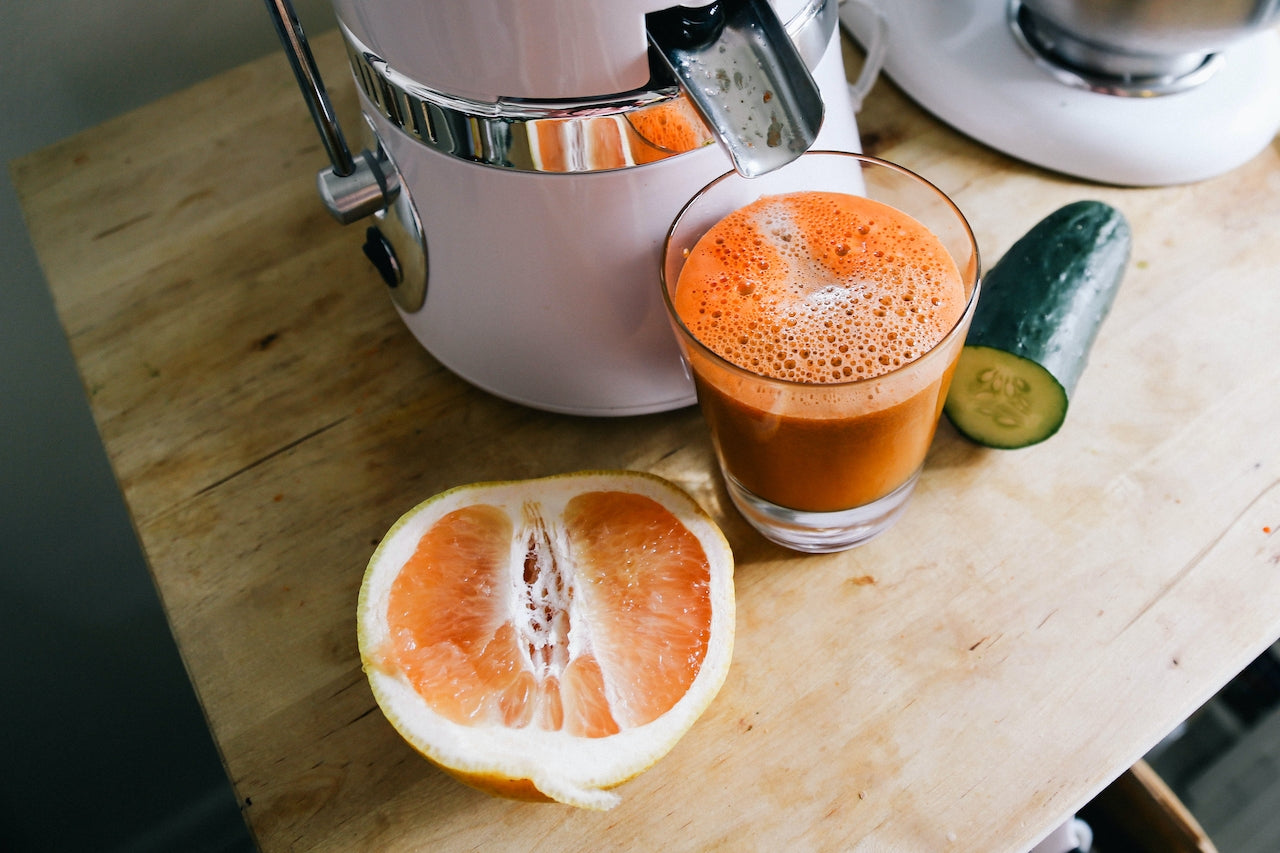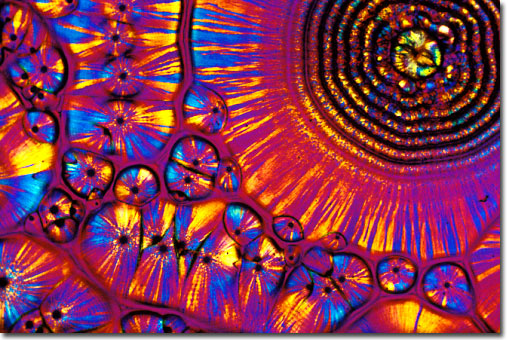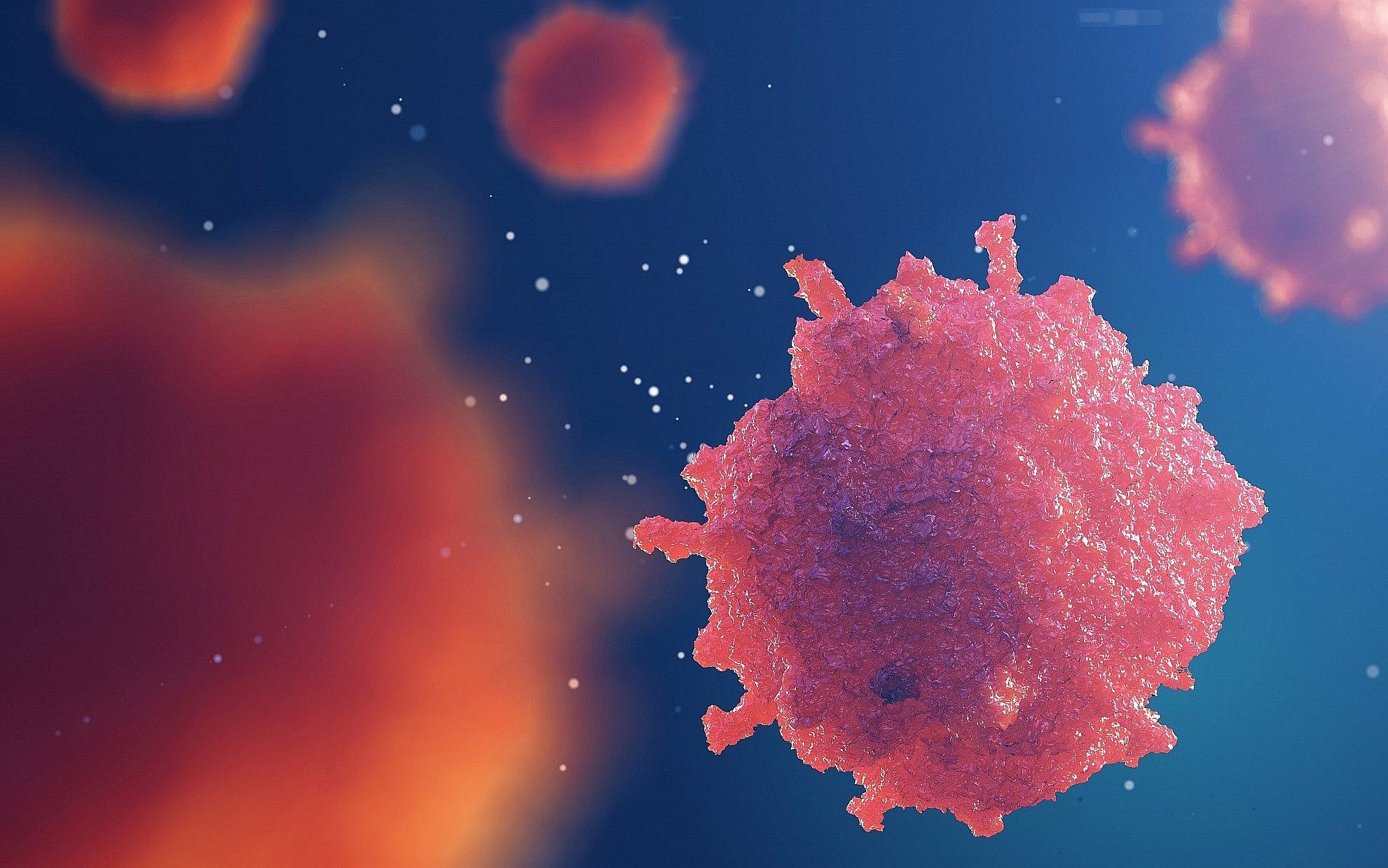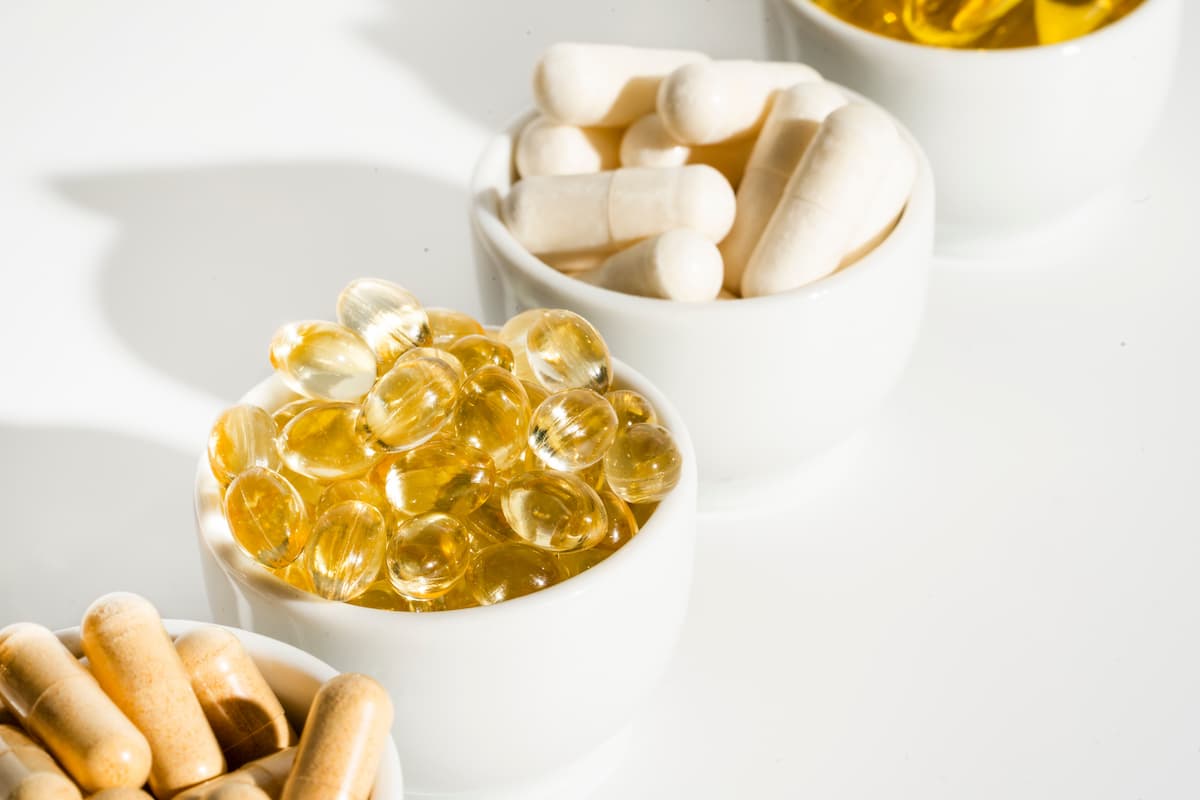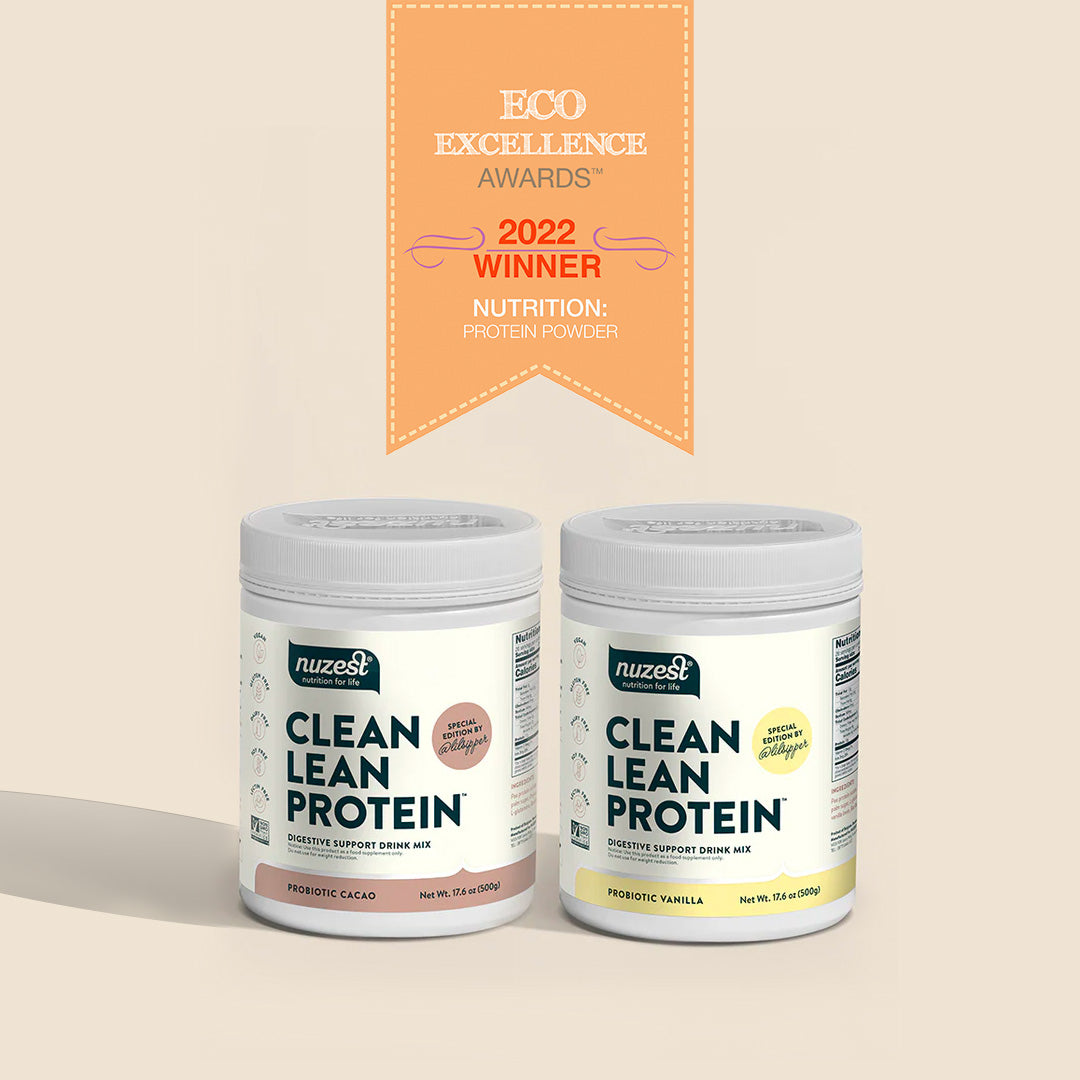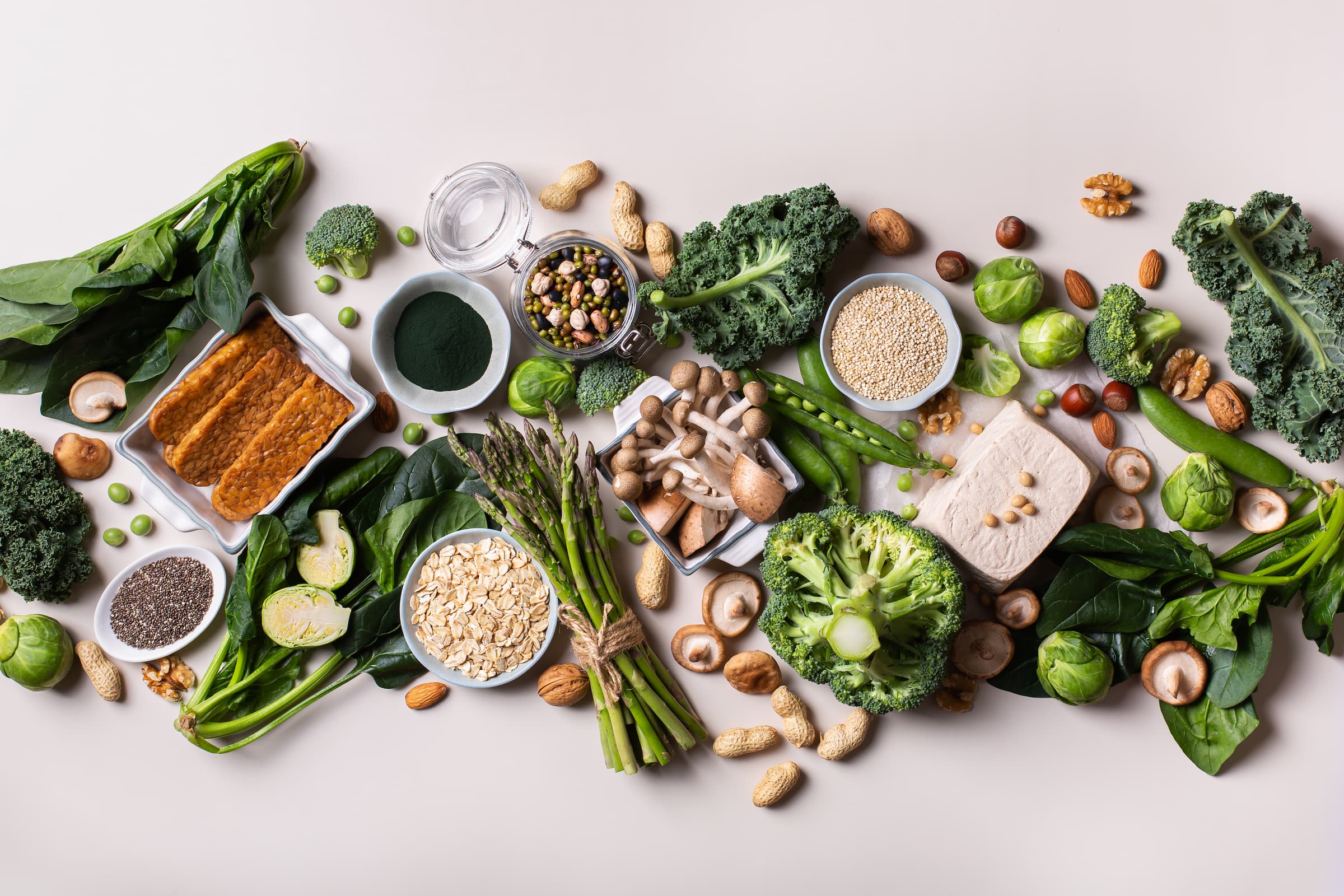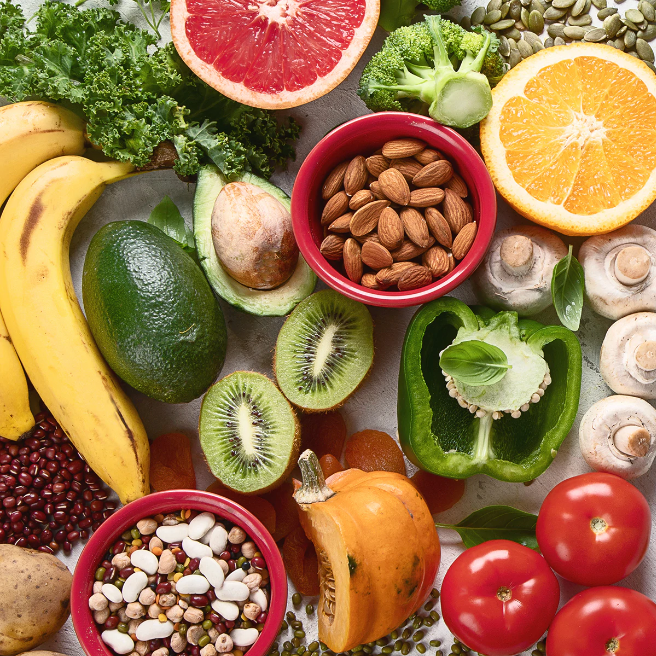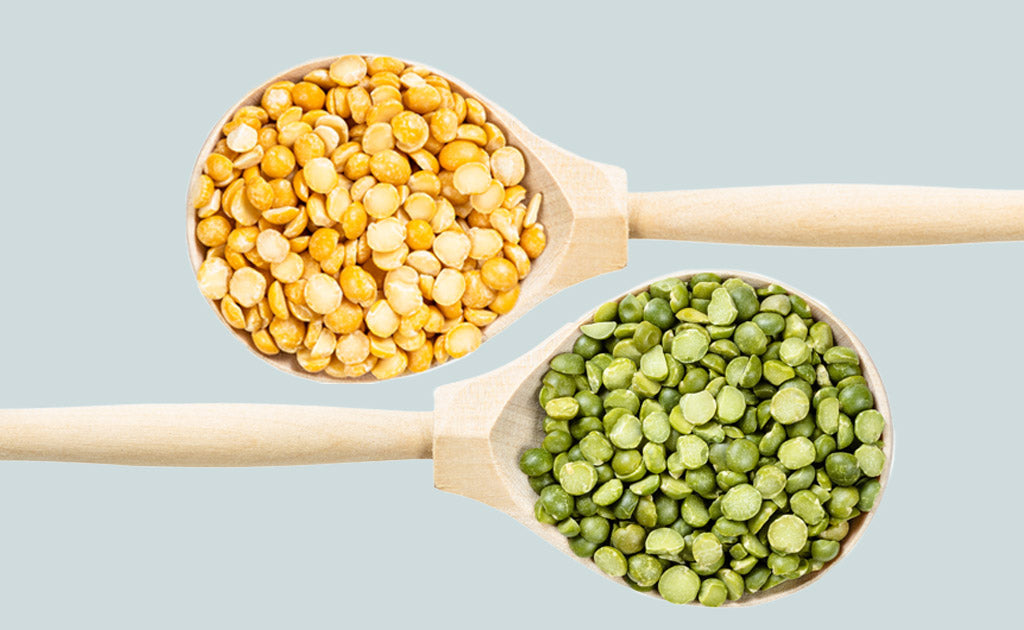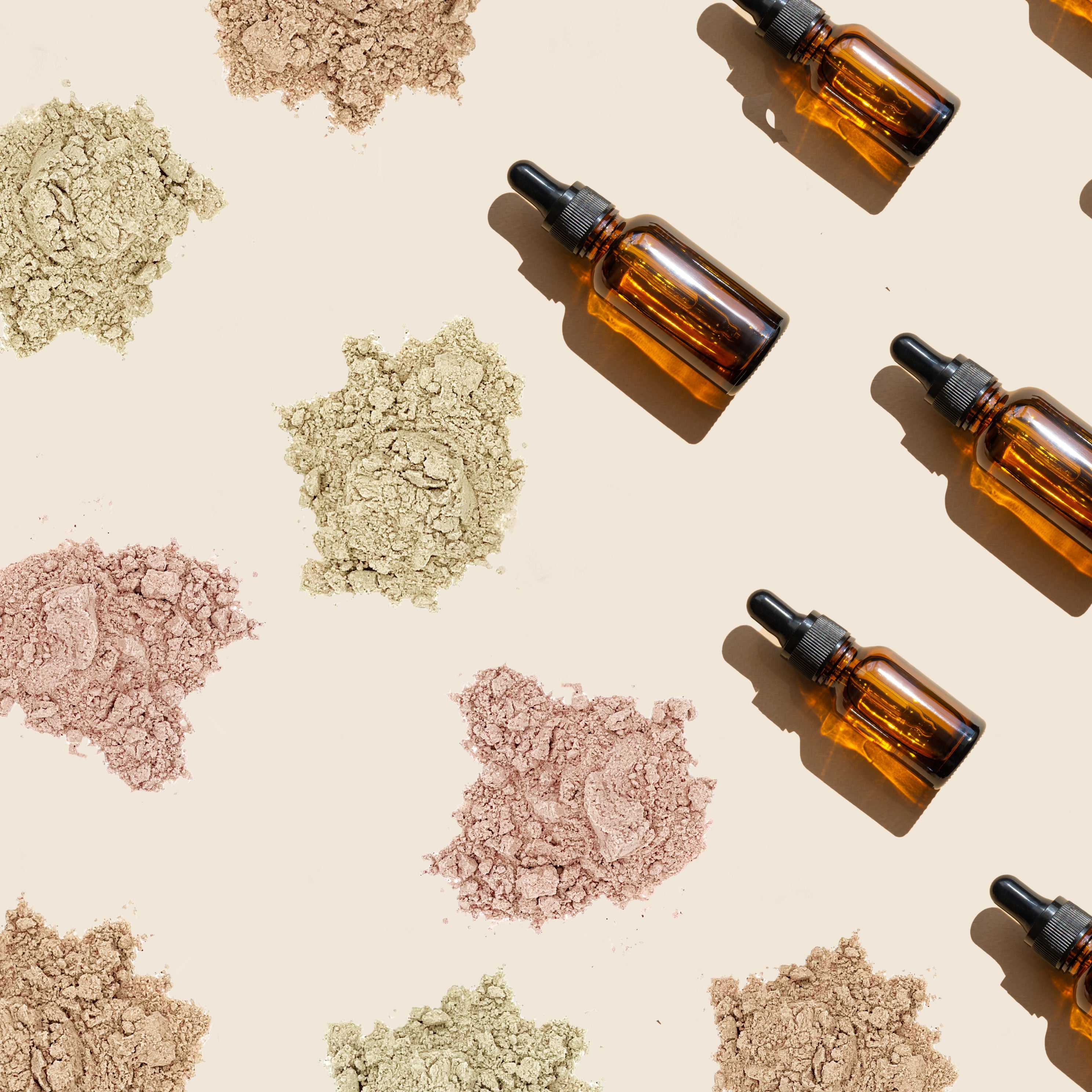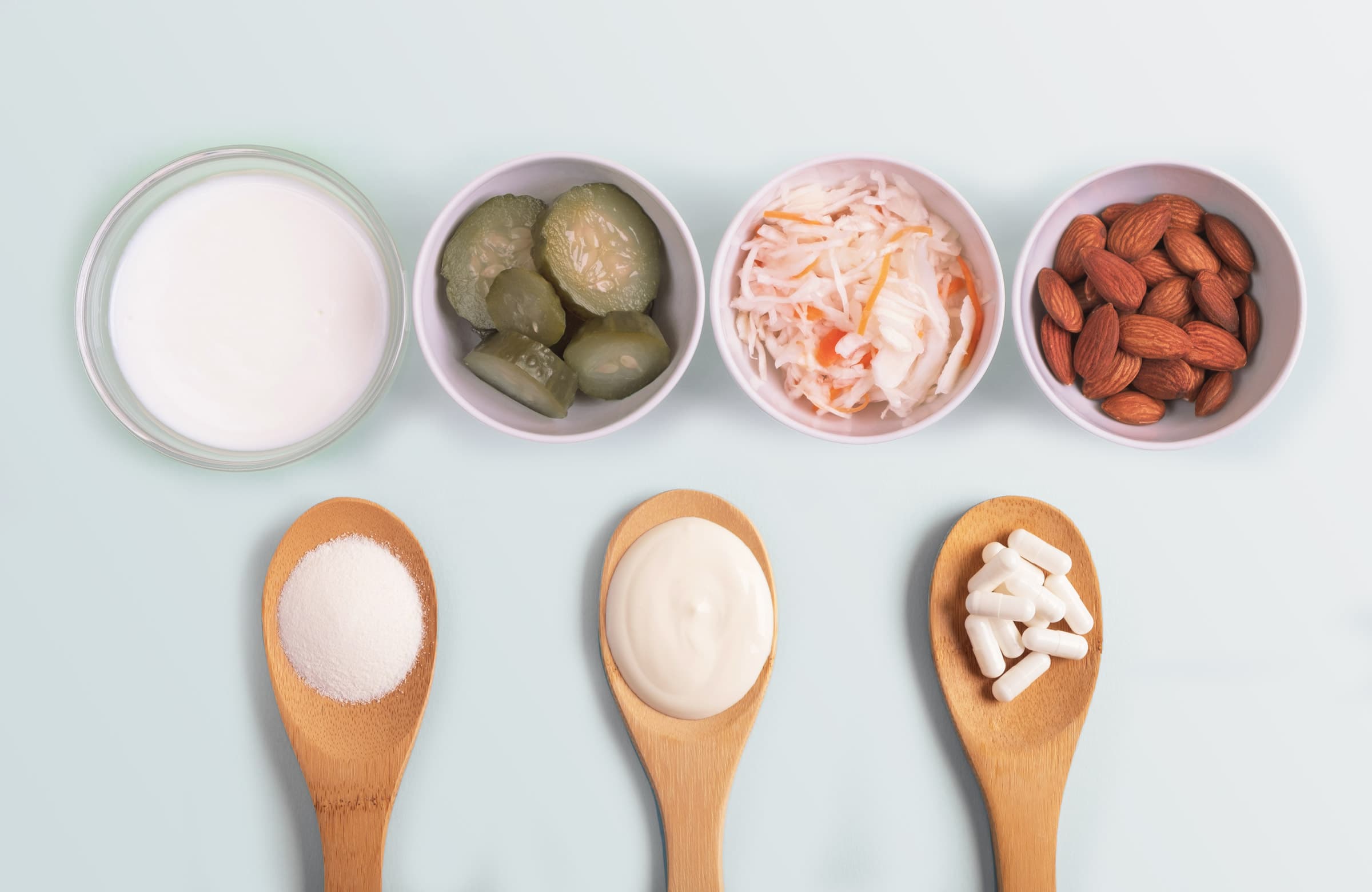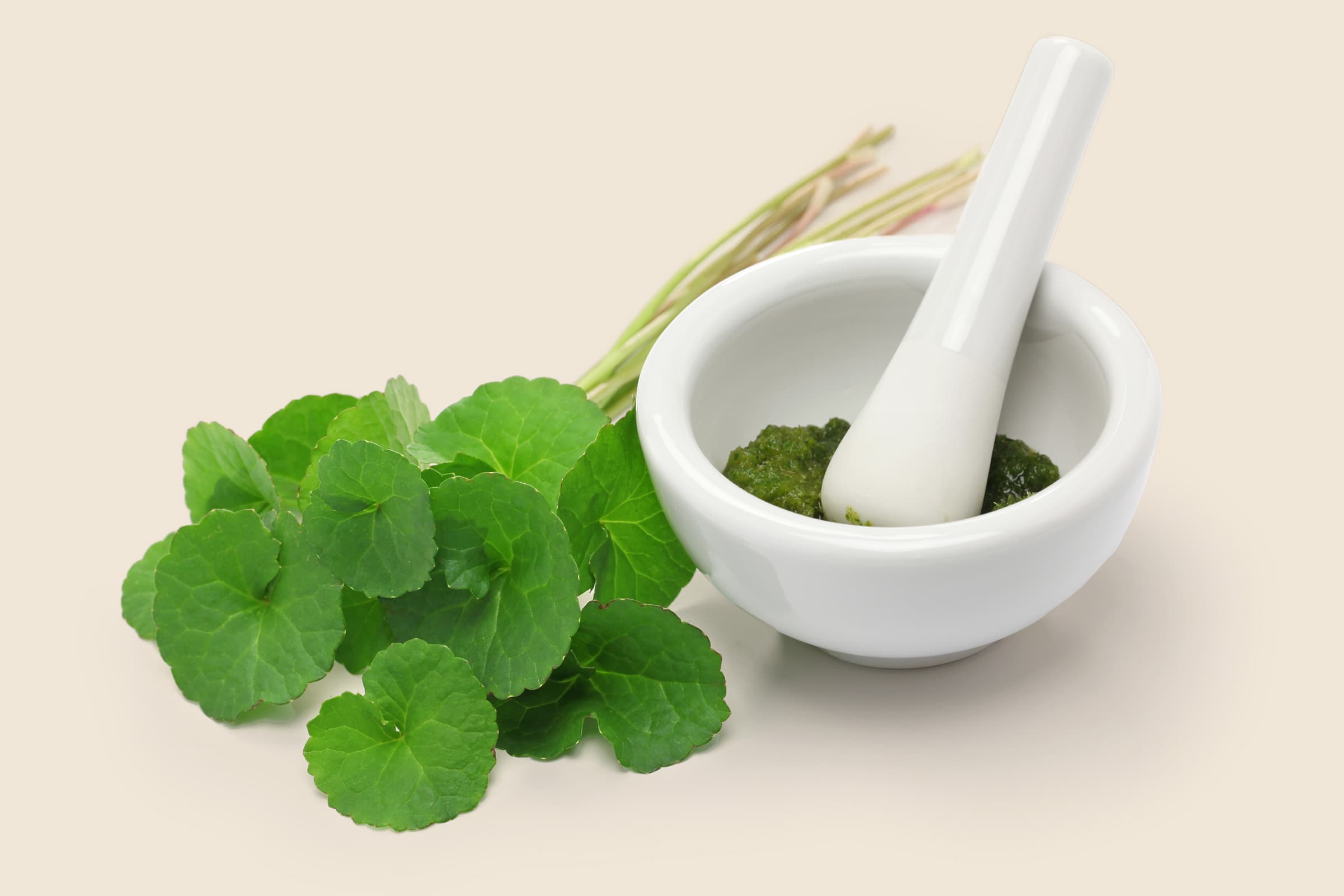By Bethany Ugarte (aka @lilsipper)
Confused? Yeah, many people are confused about what gums and common "natural" additives in our food products today are. I get asked all the time on my Instagram about gums, flavorings, and so many other ingredients found in today’s “natural” food products. First, if you have to question an ingredient, that should be the first sign. Second, just because it’s natural doesn’t make it healthy. Rattle snake poisoning is natural. Tar from the street is natural. Heck, a dog’s feces is natural… so does that make it healthy for us to eat?
The health food industry has done quite a phenomenal job at tricking the average consumer into thinking the term “natural ingredients” mean it’s okay to eat. They’ve also done a fantastic job at making the American diet worse. Yup, you heard me! I personally believe the majority of health food industry has made our health worse… NOT junk food. At least you know when you’re eating a bag of chemically filled Cheetos and a McDonald’s burger. Fast food has been around for ages now, but the “natural” and “health food” industry is still fairly new and soaring, yet more and more people are getting sick, ill, and developing food intolerances or digestive issues. WHY?
Americans are being tricked into thinking they are eating something healthier. They opt for the “better for you” low-calorie, low-carb, low-sugar, reduced-fat, dairy-free manufactured foods and eat them on the daily. If someone wants to splurge on a donut, they at least KNOW it. When people are consuming foods thought to help their health every day, but in reality the foods are filled with just as much junk as the obvious junk food; that’s where the issue lies.
There’s no way I can include everything I know and what to avoid in this one post, but I wanted to point out a few… specifically the now so common “gums” that are contributing to stomach problems.
GUAR GUM
What is guar gum?
Guar gum is a fiber derived from the seed of the guar plant.
How and why is guar gum used?
In food products, it’s used as a thickening, stabilizing, suspending, and binding agent.
It’s also widely used in non-food items such as lotions, creams, toothpaste, etc. to help bind and thicken a substance.
What are the side effects of guar gum?
Increased gas, bloating, diarrhea, and loose stools are some common experiences when consumed. These side effects may decrease or disappear after several days of use, but if you’re constantly eating and even drinking items with guar gum, your symptoms will may increase.
Weight-loss claims and diet products are tied to guar gum and now even used in meal replacement products because manufacturers claim it can curb your appetite by swelling and absorbing water in the digestive system. This doesn't sound like a positive claim to me. The FDA recently fought these claims and said that excessive use of guar diet pills can obstruct the intestines and esophagus due to forming high amounts of gel in the gastrointestinal tract.
XANTHAN GUM
What is xanthan gum?
Xanthan gum is a complex exopolysaccharide, meaning that it is a polymer composed of sugar residues, secreted by a microorganism into the surrounding environment. It’s produced by plant-pathogenic bacterium – a microorganism that causes several diseases in plants.
How and why is xanthan gum used?
Xanthan gum is again, like other gums, a thickening and stabilizing agent and used in a wide variety of food and industrial products.
Common products using xanthan gum are:
- Supplements
- Baked goods
- Cream cheese (vegan and dairy)
- Ice creams (especially low-fat and non-dairy)
- Pudding
- Jams
- Salad dressings
- Mayo (especially low-fat and vegan)
- Industrial uses
- Lotions
- Medicines
- Toothpastes
- Cosmetics
Side Effects:
Xanthan gum swells in the intestines which can contribute to gas, bloating, cramping, or other digestive issues.
LOCUST BEAN GUM
What is locust bean gum?
Locust bean gum is considered a “natural” food additive that comes from the carob seeds of the carob tree. Similar to guar and xanthan gum, locust bean gum is a thickening and stabilizing agent and added to similar products as the other gums mentioned.
Side Effects of locust bean gum:
Blocks nutrients absorption
This study, though quite long ago, showed that carob bean gum may compromise the absorption of essential nutrients. Specifically, the absorption of iron, calcium and zinc were decreased in the subjects studied.
Slow down the gastric emptying rate
This study also showed that the addition of carob bean gum to the diet may slow the gastric emptying rate, creating an uncomfortable delay in the movement of food from the stomach to the small intestine. This is HUGE for anyone suffering from gut issues… and if you’re not suffering, you may be soon if you start consuming this on the regular.
MAGNESIUM STEARATE
Most think of the mineral magnesium when reading “magnesium stearate.” But what is it really?
Magnesium stearate is a fine white powder that sticks to your skin and is greasy to the touch. It’s a simple salt made up of two substances, a saturated fat called stearic acid and the mineral magnesium.
What does magnesium stearate do?
This is in your supplements and vitamins and it is commonly added to many foods, pharmaceuticals, and cosmetics. In medications and vitamins, its primary purpose is to act as a lubricant and “flow agent,” preventing ingredients inside the capsule from sticking together.
What are the health risks?
It’s recognized by the FDA as “safe” to consume. However, it’s known that if too much is ingested, it can have a laxative effect and irritate the mucosal lining of your bowels!
The U.S. Food and Drug Administration (FDA) has approved magnesium stearate for use as an additive in food and supplements. According to the National Center for Biotechnology Information, it’s considered safe for consumption at amounts below 2,500 milligrams (mg) per kilogram per day. This causes your bowels to spasm. Magnesium stearate is now in many foods (not just vitamins), so it’s very easy to consume too much without knowing it.
This study may be of interest to you.
To quote in the study, "Allowable Tolerances: Residues of magnesium stearate are exempted from the requirement of a tolerance when used as a surfactant in accordance with good agricultural practices as inert (or occasionally active) ingredients in pesticide formulations applied to growing crops or to raw agricultural commodities after harvest."
YEAST EXTRACT
What is it?
Yeast extract (not to be confused with yeast) is made by adding sugar to yeast in a warm environment. As the yeast expands, the walls of its cells soften. This mixture is then spun in a centrifuge and the loosened cell walls are whisked away.
There are two kinds of yeast extract, autolyzed and hydrolyzed. In both, the cell walls are discarded and the contents of the cell are combined.
How Do I Look for It on a Label?
Most manufacturers are upfront in their use of yeast extract, listing it as just that on food labels. Sometimes, “natural flavors” or “additives” also can mean yeast extract is used.
Yeast extract contains glutamates, which are forms of an amino acid that are found naturally in many foods. They’re sometimes extracted and used as additives to prepared food. This product is commonly known as monosodium glutamate (MSG). Yeast extract contains naturally occurring glutamates, but not as much as MSG.
The main difference between yeast extract and MSG in food is basically flavor. MSG doesn’t have a flavor but is a flavor enhancer like salt is. Yeast extract actually contributes flavor, similar to a spice.
The U.S. Food and Drug Administration (FDA) requires products that contain MSG to state this on the label. Foods that contain yeast extract don’t need to specify that they contain MSG. However, they can’t claim to contain “No MSG.”
HERE is a great article if you want to read more on this matter.
Common products containing MSG:
canned soups and stews, frozen dinners, and salty snacks.
Above are just a few common ingredients acceptable in “health food” and passed along as such.
If you question an ingredient, do your research first and don’t just trust someone because they recommend it.
When I worked with Nuzest to develop Digestive Support Protein and the Digestive Enzyme Blend, I made sure to avoid these and many other ingredients that can lead to inflammation and digestive issues.


